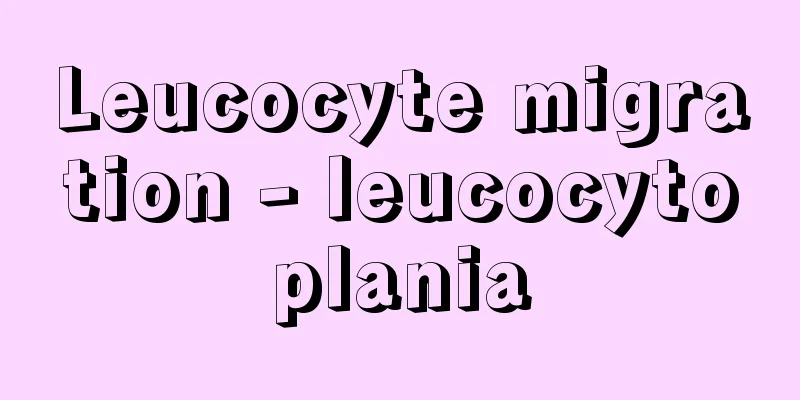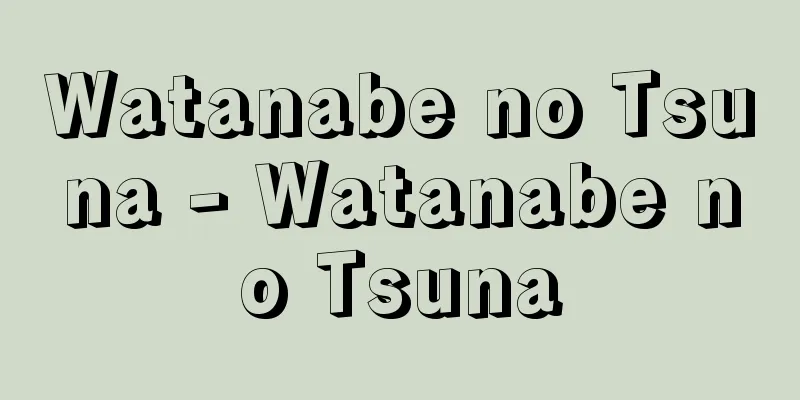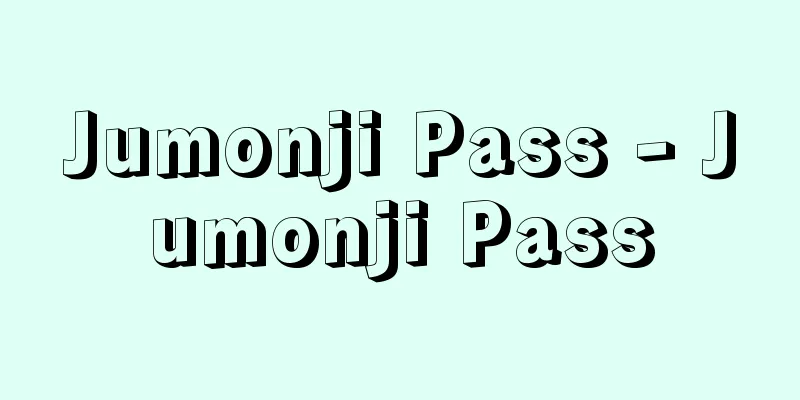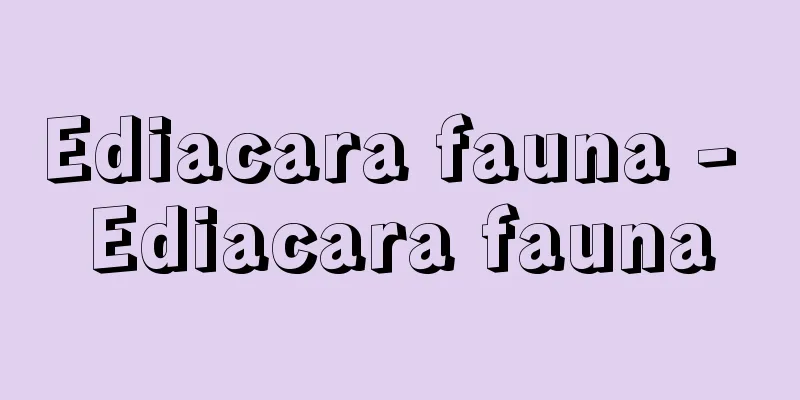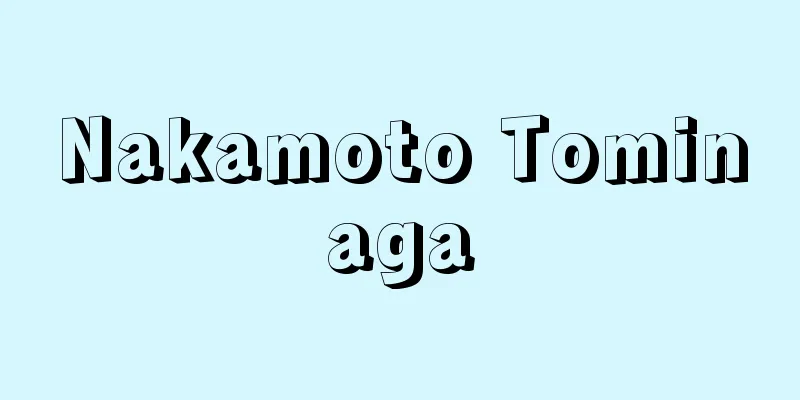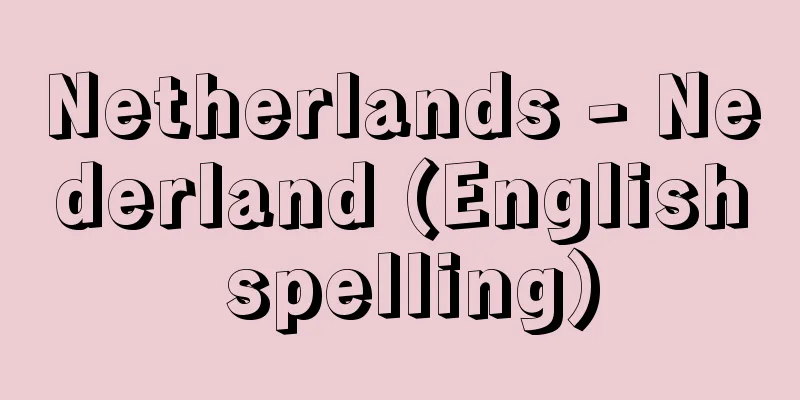Teacher's license - Kyoinmenkyo
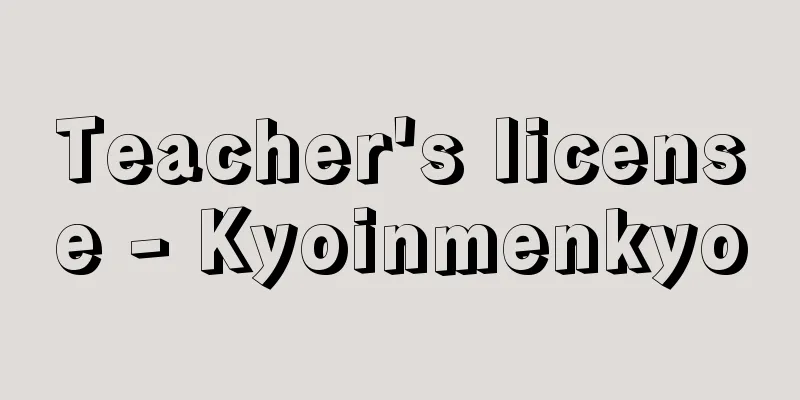
|
A type of qualification system for school teachers. Generally, licensing systems have been established for professionals such as doctors and lawyers, with the aim of publicly guaranteeing the qualifications of those in charge of the job in order to ensure social benefits, given the importance of their work. In school education, too, it is considered necessary for teachers, as professionals, to maintain a certain level of qualification, and so the teacher licensing system has been adopted. The basis of Japan's current teacher licensing system is the Education Personnel Certification Act of 1949 (Act No. 147 of 1949), but it has undergone several revisions to reach its current form. [Jun Ushiwatari January 21, 2022] License typeAll teachers at kindergartens, elementary schools, junior high schools, and high schools are required to have a license. There are three types of licenses: regular licenses (specialized, type 1, and type 2 depending on the basic qualifications. For high schools, there are only special and type 1 licenses), temporary licenses, and special licenses. They are further awarded by the prefectural board of education according to the type of school (such as elementary and junior high schools) and by subject (junior high schools). Regular licenses are licenses for teachers and school nurses, and have been valid for life in all prefectures since 1949, but with the introduction of a teacher license renewal system following the amendment of the Educational Personnel Certification Act in 2007, they have been valid for 10 years. Temporary licenses are awarded only when a regular license cannot be obtained, and are licenses for assistant teachers and assistant school nurses. They are valid for only three years in the prefecture that issues them. Special licenses were created through an amendment to the License Act in 1988, with the aim of making it possible to appropriately utilize suitable human resources as teachers in accordance with the circumstances of schools and regions. This is a teaching license that is valid for 10 years only in the prefecture where the license is issued. [Jun Ushiwatari January 21, 2022] How to obtain a licenseThere are two ways to obtain a license: by completing the required credits at a university that has a teacher training course, or by passing the teacher certification exam. The former is the normal way to obtain a regular license, and therefore, in order to become a teacher, one must receive training at a university. The teacher training system is not limited to universities of education or faculties of education, and has adopted an "open" approach in that teacher training can be provided by a wide range of universities and faculties. The basic qualifications for a specialist license are a master's degree, for a type 1 license a bachelor's degree, and for a type 2 license a junior college associate degree. In addition, a law was enacted in 1997 that requires experience in caregiving at welfare facilities or special needs schools in order to obtain a regular license for elementary and junior high schools (the Special Law for Caregiving Experience), and it came into effect in April 1998. The latter, the qualification for teaching personnel, is conducted by the awarding authority and examinees' character, academic ability, work experience and physical condition are assessed. It is a way to obtain temporary or special licenses, but at the same time, it also paves the way for obtaining higher-level licenses or licenses for other subjects through on-the-job experience and training. [Jun Ushiwatari January 21, 2022] Recent reform trends and challengesFirst, a "core curriculum" was introduced in university teacher training courses from the 2019 academic year (Reiwa 1). This sets out multiple goals to be achieved for each license subject, and aims to ensure commonality among teacher training courses at universities across the country in order to obtain a teaching license. However, when accrediting teacher training courses, the Ministry of Education, Culture, Sports, Science and Technology conducts detailed checks on the correspondence between the core curriculum goals and the class syllabus, and some have questioned its implementation from the perspective of freedom of university education. Secondly, the teacher license renewal system will be abolished. As mentioned above, a 2007 law change changed teaching licenses from lifetime to 10 years, and required teachers to take a renewal course in order to renew them. However, criticism of this system subsequently grew, with many accusing it of placing a heavy financial and time burden on teachers and exacerbating the teacher shortage, and it was decided that the system would be abolished in 2023. Thirdly, the expansion of special licenses is being promoted as a policy. With the amendment of the Educational Personnel Certification Act in 1988, special licenses were established that granted regular teaching status through the Educational Personnel Examination without university training, but in recent years, the Ministry of Education, Culture, Sports, Science and Technology has set out a direction to further promote the use of special licenses and to further promote the introduction of working adults into the teaching profession, from the perspective of securing human resources that can respond to social changes. However, these reform trends are leading to an increase in teachers who do not receive specialized training as teachers at university, and there are voices of criticism from the perspective of ensuring the expertise of the teaching profession. Fourth, in line with the introduction of a subject-based teacher system for the upper grades of elementary school over the course of nine years of compulsory education, it is necessary to encourage the acquisition of teaching licenses for both elementary and junior high schools. For this reason, a "compulsory education special measure" will be implemented from the 2022 academic year, which will expand the scope of common subjects and full-time teachers in university teacher training courses. This is expected to make it easier to acquire both elementary and junior high school teaching licenses during university teacher training. [Jun Ushiwatari January 21, 2022] "Maki Masami, Research on the History of the Japanese Teacher Certification System (1971, Kazama Shobo)" ▽ "Japan Association for Teacher Education (ed.), Japan Association for Teacher Education Annual Report No. 26: Trends and Issues in 'Indication' and 'Standardization' (2017, Gakuji Publishing)" ▽ "Japan Association for Teacher Education (ed.), Teacher Education Research Handbook (2017, Gakubunsha)" ▽ "Japan Association for Teacher Education (ed.), Japan Association for Teacher Education Annual Report No. 28: Considering Open Teacher Training (2019, Gakuji Publishing)" [Reference items] | | | |Source: Shogakukan Encyclopedia Nipponica About Encyclopedia Nipponica Information | Legend |
|
学校教師に関する資格制度の一種。一般に免許制度は、医師や弁護士などの専門職において、その職務の重大さにかんがみ、社会的利益を確保するため、職務担当者の資質を公的に保証することをねらいとして設けられてきた。学校教育においても、専門職としての教師は、その資質が一定水準以上に保持されることが必要と考えられ、教員免許制度が採用されている。日本の現行教員免許制度の基本は、1949年(昭和24)の教育職員免許法(昭和24年法律第147号)に基づいているが、これまでに数度の改正を経て現在に至っている。 [牛渡 淳 2022年1月21日] 免許状の種類幼稚園、小・中・高等学校の教師は、すべて免許状の所有が義務づけられている。免許状は、大別して普通免許状(基礎資格に応じて専修、1種、2種に分かれる。高等学校の場合は専修と1種のみ)、臨時免許状、特別免許状の3種類があり、さらにそれらは小・中学校などの学校種別に、また中・高等学校では教科別に、いずれも都道府県教育委員会によって授与される。普通免許状は、教諭および養護教諭の免許状であり、1949年以来、すべての都道府県において終身有効であったが、2007年(平成19)の教育職員免許法改正による教員免許更新制の導入によって、10年間有効となった。臨時免許状は、普通免許状を有することができない場合に限り授与されるもので、助教諭および養護助教諭の免許状である。その効力は、授与権者の置かれる都道府県において3年間に限り有効である。また、特別免許状は、学校や地域の実情にあわせて教師としてふさわしい人材を適切に活用できるようにすることをねらいとして、1988年の同免許法改正によって誕生したものである。これは、授与権者の置かれる都道府県においてのみ10年間有効な教諭の免許状である。 [牛渡 淳 2022年1月21日] 免許状の取得方法免許状の取得方法には、教職課程を有する大学で所要単位を履修する方法と、教育職員検定に合格する方法とがある。 前者は、普通免許状を取得するための通常の方法であり、したがって、教師になるためには、大学で養成教育を受けることが基本である。教員養成のシステムは、教育大学や教育学部に限定されず、広くその他の大学・学部も教員養成を行うことができるという「開放性」を採用している。なお、専修免許状は修士の学位を、1種免許状は学士の学位を、2種免許状は短期大学士の称号を基礎資格としている。また、1997年(平成9)には、小・中学校の普通免許状取得のために福祉施設や特別支援学校等での介護等体験を義務づける法律(介護等体験特例法)が成立し、1998年4月より施行されている。 後者の教育職員検定は、受検者の人物、学力、実務および身体について授与権者が行うもので、臨時免許状や特別免許状を取得するための方法であると同時に、現職経験と研修により、上級免許状や他教科免許状を取得できる道を開いている。 [牛渡 淳 2022年1月21日] 近年の改革の動向と課題第一に、2019年度(令和1)より、大学における教員養成のための教職課程に、「コア・カリキュラム」が導入されたことである。これは、各免許科目ごとに達成すべき目標を複数示したもので、教員免許状を取得するために全国の大学に置かれている教職課程の共通性を確保しようとするものであるが、教職課程認定の際に、コア・カリキュラムの目標と授業シラバスの対応について、文部科学省による詳細なチェックが行われる等、その運用については、大学教育の自由の観点から問題視する声もある。 第二に、教員免許更新制が廃止されることになったことである。すでに述べたように、2007年の法律改正で、教員免許状は終身有効から10年間有効となり、更新するためには更新講習を受講することが求められた。しかし、その後、この制度については、教員の経済的・時間的負担が大きく、教員不足に拍車をかけている等の批判が強まり、2023年に廃止されることになった。 第三に、特別免許状の拡大が政策的に推し進められていることである。1988年の教育職員免許法の改正により、大学での養成を経ずに教育職員検定によって正規の教師の身分を与える特別免許状が成立したが、近年、文部科学省は、社会変化に対応した人材確保の観点から、特別免許状の活用をさらに促し、教職への社会人の導入をよりいっそう進める方向性を打ち出している。しかし、こうした改革動向は、大学で教員としての専門的な養成を受けない教員を増やすことにつながり、教職の専門性の確保の観点から批判の声もある。 第四に、義務教育9年間を見通した小学校高学年の教科担任制導入にあわせて、小学校と中学校の両方の教員免許状取得を促進することが必要となっている。そのため、2022年度から、大学の教職課程における授業科目や専任教員の共通化の範囲を拡大する「義務教育特例」が実施されることになった。これによって、大学の教員養成において、小学校と中学校の両方の教員免許状をあわせて取得することが、より容易になると予想されている。 [牛渡 淳 2022年1月21日] 『牧昌見著『日本教員資格制度史研究』(1971・風間書房)』▽『日本教師教育学会編『日本教師教育学会年報第26号 「指標化」「基準化」の動向と課題』(2017・学事出版)』▽『日本教師教育学会編『教師教育研究ハンドブック』(2017・学文社)』▽『日本教師教育学会編『日本教師教育学会年報第28号 開放制の教員養成を考える』(2019・学事出版)』 [参照項目] | | | |出典 小学館 日本大百科全書(ニッポニカ)日本大百科全書(ニッポニカ)について 情報 | 凡例 |
>>: Recommendation Concerning the Status of Teachers
Recommend
Accumulated debt - debt accumulation
This refers to a country's foreign debt that ...
Usugeyanagiran - Usugeyanagiran
...It grows in colonies in open grasslands and de...
Neutral beam injection
...However, this method does not heat the plasma ...
"Enryaku Change of Era Ceremony"
...There is no clear evidence as to when the offi...
Porphyrites
…Purpura (the origin of the English word purple a...
David Lloyd George, 1st Earl of Dufort
1863‐1945 British Liberal politician. His father w...
Takaya - Kouke
A job title in the Edo Shogunate. Under the contr...
Ibrahim Temo
…A reform movement against the tyranny of Sultan ...
Thomas Blanchard
1788‐1864 American inventor. He showed an early ta...
Rainforest - Uryokujurin
〘noun〙 A forest that develops in a monsoon zone wh...
Palestine Partition Resolution - Palestine Partition Resolution
The United Nations General Assembly's resoluti...
Eternal return (English spelling) ewige Wiederkunft
Nietzsche gave a moral meaning to the ancient idea...
Kaspar (Christianity) - Kaspar
…However, the third-century Alexandrian theologia...
Asymmetron maldivense (English spelling) Asymmetron maldivense
… [Minoru Imajima]. … *Some of the terminology th...
English: Yasdemodoki (Gibaraki) - Yasdemodoki
A general term for tiny myriapods belonging to the...
![Sukagawa [city] - Sukagawa](/upload/images/67cbf2add2c54.webp)
